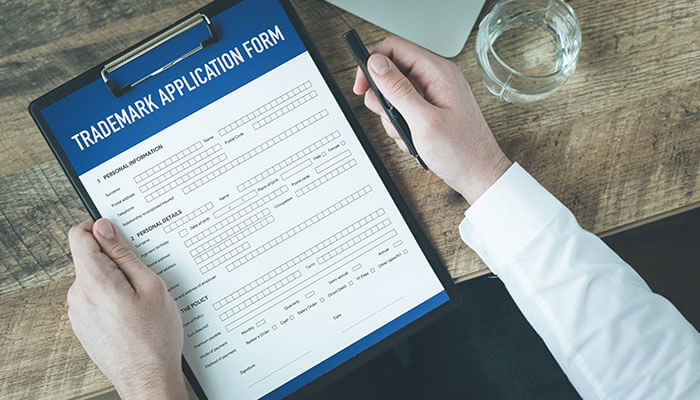In today’s highly competitive business landscape, branding plays a crucial role in distinguishing your company from the competition. One of the most effective ways to protect your brand identity is by trademarking your logo. Trademark a logo provides legal protection, preventing others from using or imitating your logo without permission. In this article, we will provide a comprehensive guide on how to trademark a logo, ensuring your business’s brand remains secure.
Understanding the Basics of Trademark Law
Before diving into the process of trademarking a logo, it’s important to familiarize yourself with the basics of trademark law. A trademark is a legal protection granted to a logo, design, word, phrase, or combination thereof that distinguishes a product or service from others in the marketplace. It prevents others from using a similar mark that may cause confusion among consumers. Consider how powerful Nike’s “Swoosh” logo is – every shoe that displays this mark is instantly more valuable than a shoe without it because of the strength of the brand.
Here are 7 Steps to trademark your Logo.
1. Conduct a Comprehensive Trademark Search
Before filing a trademark application, it’s crucial to conduct a thorough trademark search to ensure that your logo is not already in use or too similar to an existing trademark. A trademark search helps identify potential conflicts and allows you to make informed decisions before investing time and money into the trademarking process. You can conduct a search through the United States Patent and Trademark Office (USPTO) website or seek assistance from a trademark attorney.
2. Hire a Trademark Attorney
While it is possible to file a trademark application on your own, hiring a trademark attorney is highly recommended to navigate the complex legal process. An experienced attorney can guide you through the various steps, ensuring your application is correctly prepared and submitted. They can also provide valuable advice regarding potential trademark infringements and help strengthen your application.
3. Prepare Your Trademark Application
To begin the trademarking process, you need to prepare a comprehensive trademark application. The application includes details about your logo, such as a high-quality representation of the mark, a description of the goods or services associated with the mark, and the class under which your mark falls. It is important to accurately and clearly describe your logo to ensure proper protection.
4. File Your Trademark Application
Once your application is prepared, it’s time to file it with the appropriate intellectual property office. In the United States, you will submit your application to the USPTO. The filing process typically involves paying a fee, which varies depending on the type of application and the number of classes your logo falls under. After filing, you will receive an application number, and the examination process will begin.
5. Respond to Office Actions
During the examination process, the trademark office may issue an office action, which highlights any issues or objections they have with your application. It is crucial to carefully review and respond to these office actions within the given timeframe. Your trademark attorney can help you craft appropriate responses, addressing any concerns and strengthening your case for trademark a logo approval.
6. Publication and Opposition Period
If your trademark application successfully passes the examination, it will be published for opposition. This means that other parties have an opportunity to oppose your trademark registration if they believe it may cause confusion with their own mark. If no oppositions are filed within the designated timeframe, your trademark will move closer to registration.
7. Trademark Registration
Once the opposition period ends without any opposition, or if any opposition is resolved in your favor, your trademark will proceed to registration. You will receive a registration certificate, officially granting you the rights to the trademarked logo. It is important to note that trademark a logo protection is not indefinite and requires periodic renewals to maintain its validity.
Conclusion
Trademarking your logo is a crucial step in protecting your brand identity and preventing others from imitating your business. By following the steps outlined in this comprehensive guide, you can navigate the process of trademarking a logo successfully. Remember to conduct a thorough trademark search, hire a trademark attorney, and carefully prepare and file your application. By securing a trademark for your logo, you ensure the long-term integrity and recognition of your brand in the marketplace.



